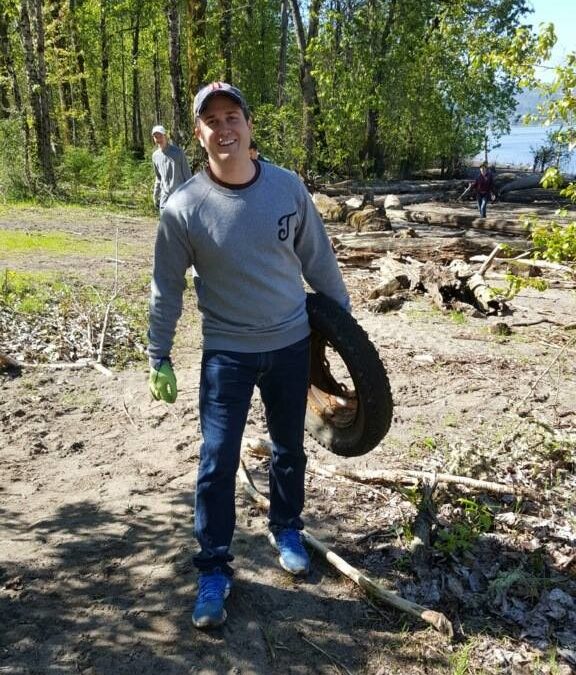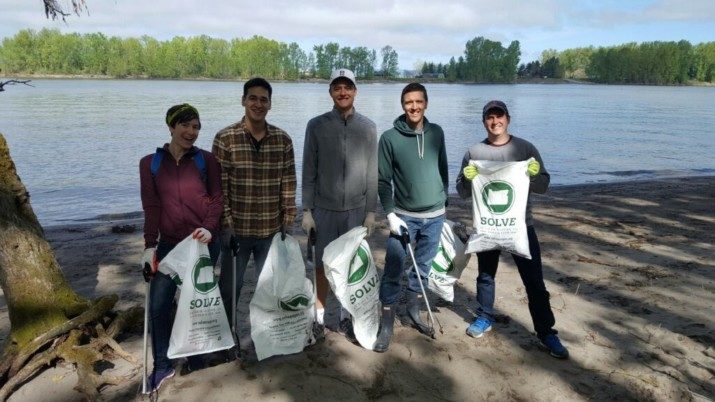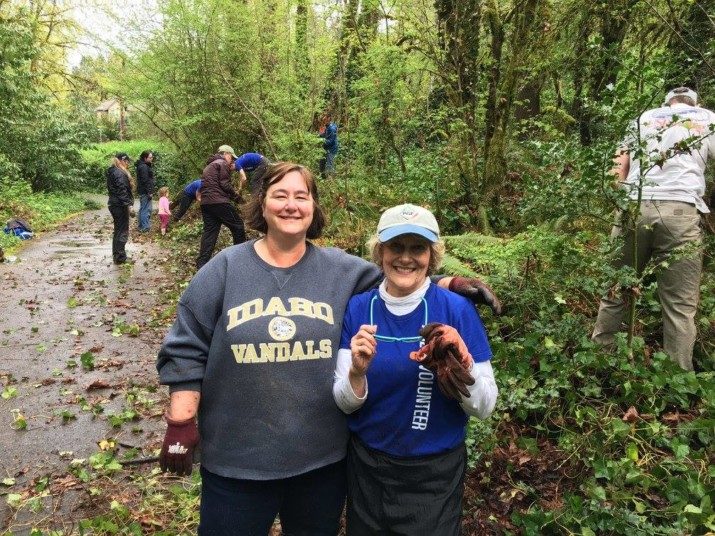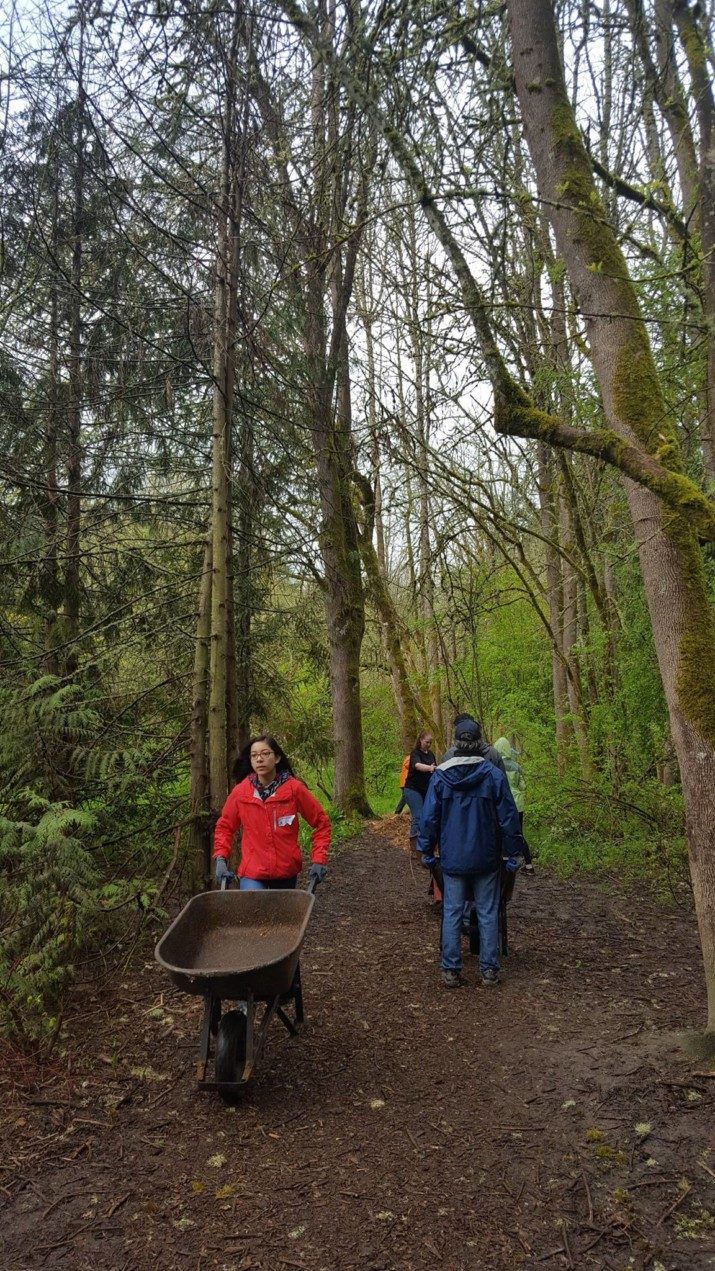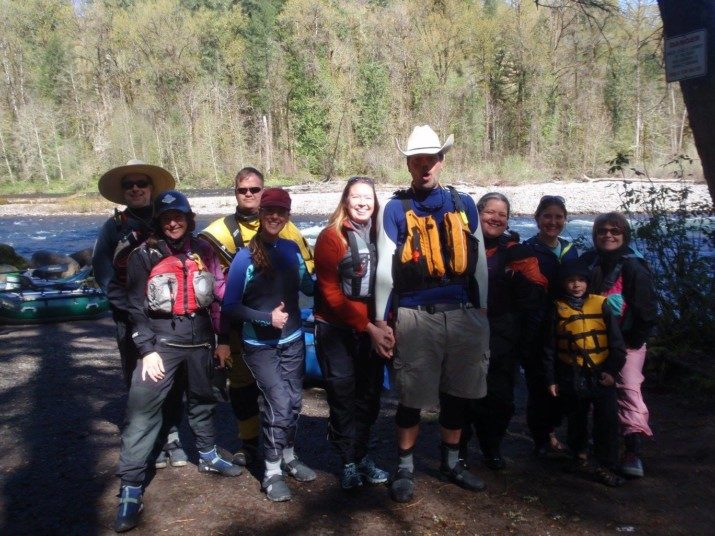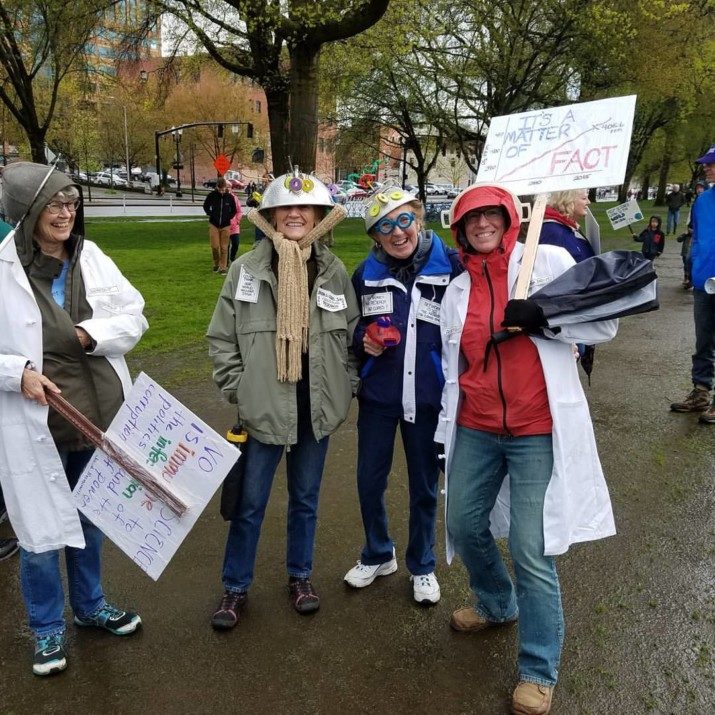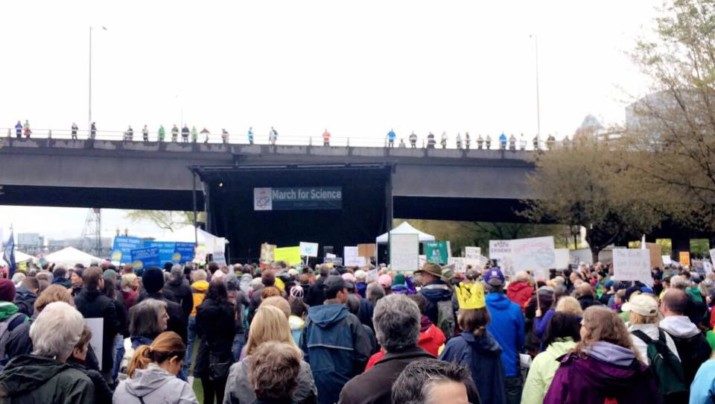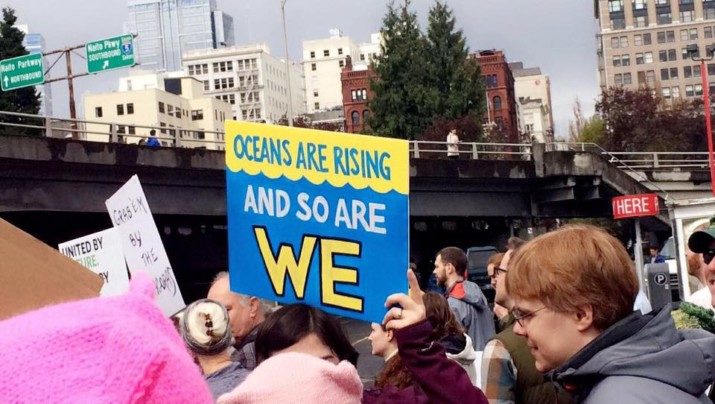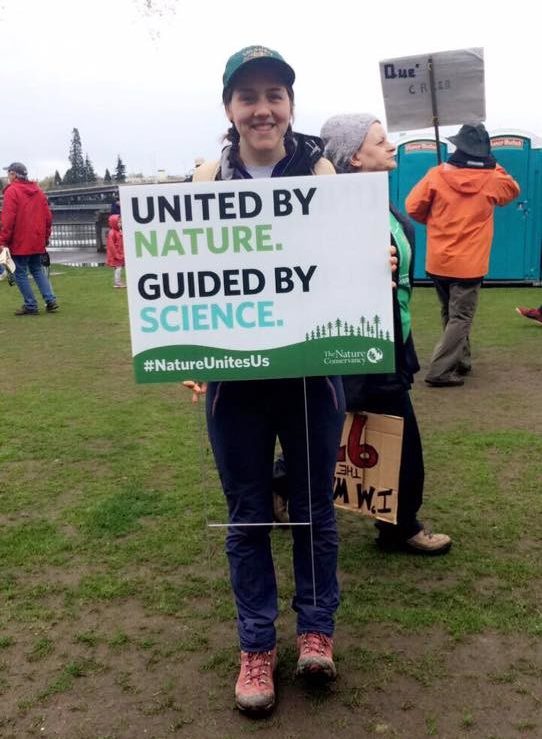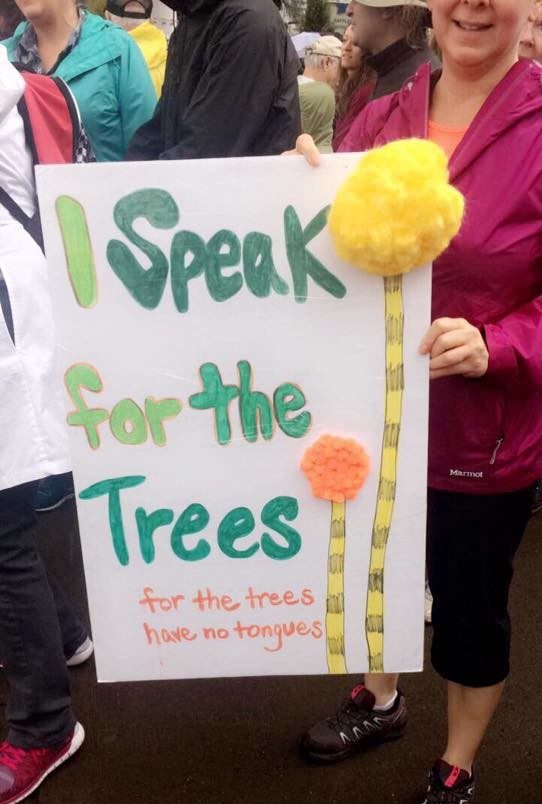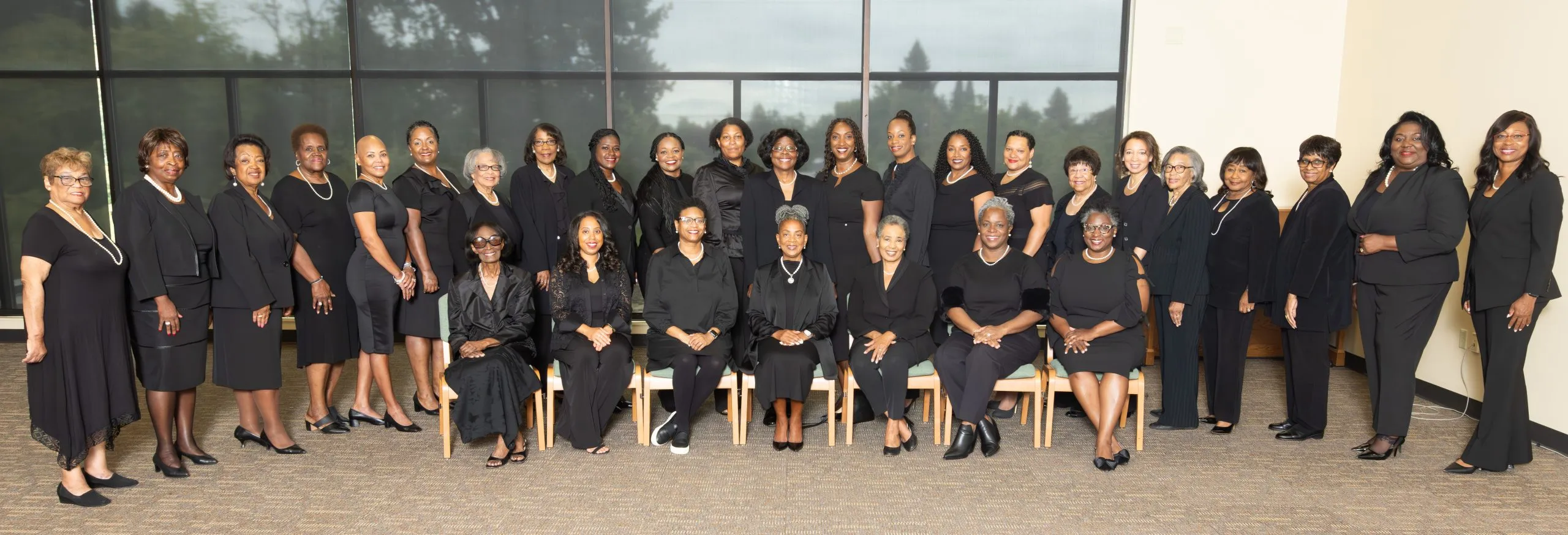Portland, OR. Oregonians came out in force on Earth Day. Over 5,800 SOLVE volunteers picked up 35 tons of trash and debris from 162 sites including neighborhoods, school grounds and natural areas around the state like Kelley Point Park. Invasive non-native plants were cleared from 10 acres, and 2,690 native trees and shrubs were planted on April 22nd.
Project highlights throughout the state included:
- In Hillsboro, local youth from the SPLASH program led a Global Youth Service Day event at Hamby Park. Over 80 volunteers, including 61 youth, removed invasive weeds and spread mulch throughout the park.
- In Medford and Phoenix, the Rogue Valley Council of Governments coordinated 5 different sites along the Bear Creek Greenway. The project engaged 108 volunteers who collected over 5,000 pounds of trash, keeping harmful litter out of the creek and protecting wildlife.
- In the Tillamook State Forest 63 volunteers collected 40 cubic yards of trash including 52 tires, a sectional sofa, mattress set and truck canopy. Local 4 X 4 clubs, the Oregon hunters Association, Oregon Equestrian Trails, and the Tillamook State Forest Trail Patrol all came together to help with this annual cleanup.
The other big Earth Day event had thousands of scientists and their supporters flooding into downtown Portland’s Waterfront Park. It was the city’s March for Science, one of roughly 500 taking place around the world in conjunction with Earth Day.
Many marchers brought signs, to help make their point.
Portland’s March for Science started with speeches then the crowd took to the streets and marched for about an hour. Earth day is celebrated annually on April 22nd.
The idea for a national day to focus on the environment came to Earth Day founder Gaylord Nelson, then a U.S. Senator from Wisconsin, after witnessing the ravages of the 1969 massive oil spill in Santa Barbara, California. Inspired by the student anti-war movement, he realized that if he could infuse that energy with an emerging public consciousness about air and water pollution, it would force environmental protection onto the national political agenda. Senator Nelson announced the idea for a “national teach-in on the environment” to the national media; persuaded Pete McCloskey, a conservation-minded Republican Congressman, to serve as his co-chair; and recruited Denis Hayes from Harvard as national coordinator. Hayes built a national staff of 85 to promote events across the land. April 22, falling between Spring Break and Final Exams, was selected as the date.


